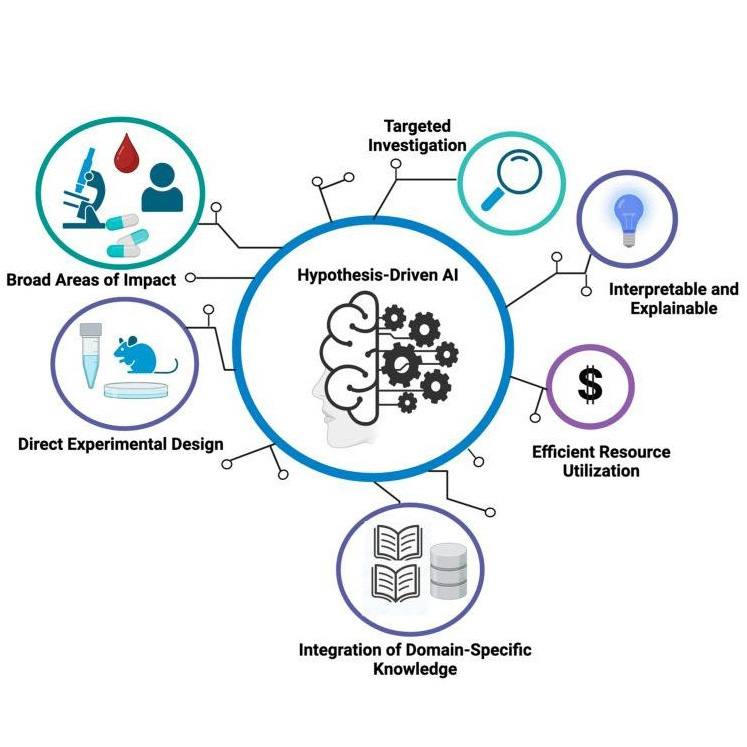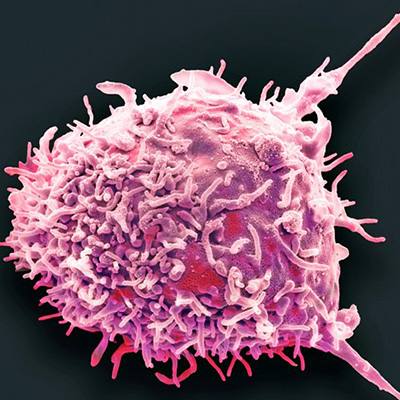-
Individualized Medicine
Nobel Laureates’ discovery paves way for research and patient care at Mayo Clinic
Three pioneering scientists, outside of Mayo Clinic, who won this year’s Nobel Prize in Physiology or Medicine for their discovery of how cells adapt to oxygen availability helped lay the foundation of research and patient care, enabling a unique service at Mayo Clinic — the von Hippel-Lindau Clinic.
“The understanding of how the body senses oxygen in the tissue led to the discovery of the von Hippel-Lindau gene, says Pavel Pichurin, M.D., a clinical geneticist and director of the Mayo Clinic von Hippel-Lindau Clinic, which serves nearly 100 patients every year.

The scientists are: William G. Kaelin Jr., professor of medicine at Dana-Farber Cancer Institute; Peter J. Ratcliffe, director of clinical research at the Francis Crick Institute in London; and Gregg L. Semenza, professor of genetic medicine at Johns Hopkins. Together, over two decades, they uncovered the molecular switch that controls the way cells perform when oxygen levels are low, and paved the way for new drugs to treat cancer and other diseases.
Dr. Pichurin says understanding how cells interact in varying oxygen levels is critical for learning how cancers and tumors grow and progress.
“The body is tricked into thinking there is not enough oxygen in the tissue, so it starts to compensate for that by making more blood supply for the tissue, which is part of what triggers tumor growth in VHL,” Dr. Pichurin explains.
Von Hippel-Lindau (VHL) syndrome is a rare disease caused by mutations of the VHL gene. The faulty gene makes a person more likely to develop certain types of benign and cancerous tumors in various organs, including the kidneys, brain, eyes, pancreas, adrenals and spinal cord.
“There is only one cancer in VHL and that’s kidney cancer,” Dr. Pichurin says. “The rest of the tumors are benign, but they can be locally aggressive. Because they’re vascular they can bleed or lead to poorly controlled hypertension and other complications.”
Most people with von Hippel-Lindau syndrome inherit the VHL gene mutation from a parent, but nearly 20% of patients have a new VHL mutation that did not come from a parent.
“But when a VHL mutation happens spontaneously,” Dr. Pichurin explains, “it can then be passed on.”
Dr. Pichurin says patients with VHL receive comprehensive screening and treatment at Mayo Clinic’s VHL Clinic. The team includes a medical geneticist, ophthalmologist, urologist, neurosurgeon, neurologist and other specialists who provide a personalized, team approach to ensure the highest quality of care. VHL Alliance has recognized Mayo Clinic as VHL Clinical Care Center for many years, with recent renewal approval.
“It’s a multisystemic disease so we have multiple specialties involved,” Dr. Pichurin says. “The management includes genetic testing, screening and identifying the tumors at early stages and preventing complications. It’s a lifelong screening — usually on an annual basis.”
For more information, visit Mayo Clinic’s von Hippel-Lindau Clinic website.
Related Articles







